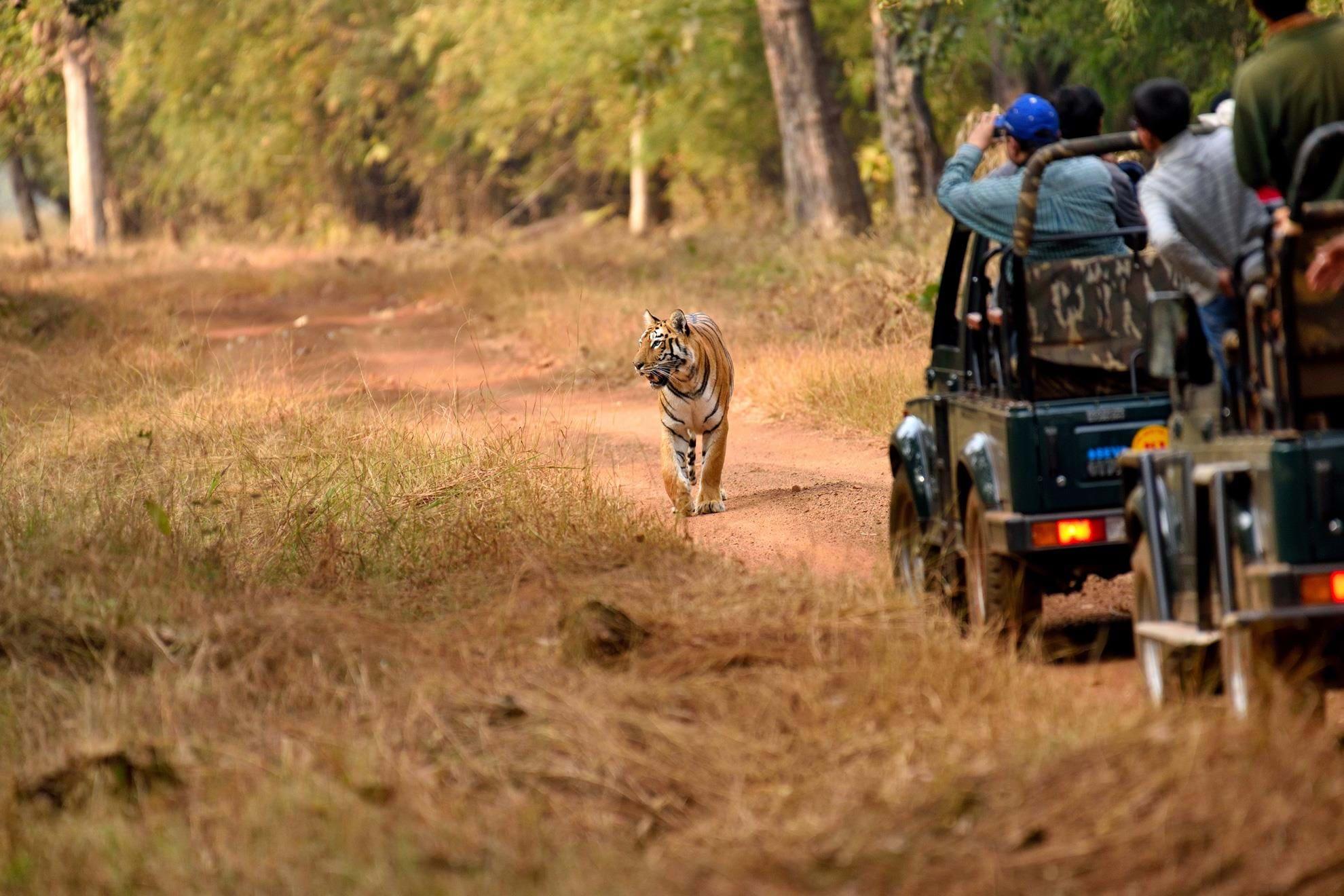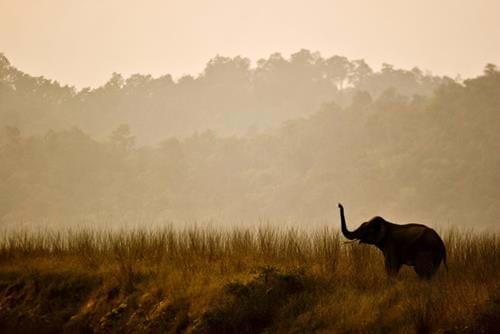India 07.12.2024 Updated: TransIndus
India’s 18 UNESCO-listed Biospheres, 106 National Parks and 573 wildlife sanctuaries collectively offer extraordinary access to a wealth of wildlife sightings and natural gems across the country. Wildlife can be spotted throughout the year in different parts of the country. The cooler winter months, when the weather is mainly dry and sunny from mid-October to mid-April, are the peak viewing months in India. From mid-April onwards, the extreme heat in the parks and heavy monsoon rains render many parks closed, both for inaccessibility and to offer respite to the animals during the mating season. Here, we provide a month-by-month guide to India’s national parks, but our team will be happy to advise you more specifically on the best time to visit your chosen parks.
April
- Gir National Park, Gujarat: This is the optimal time to see Asiatic lions in their natural habitat.
- Periyar Wildlife Sanctuary, Kerala: Elephants are commonly seen as they come to the water bodies to drink.
May
- Pench National Park, Madhya Pradesh: Excellent for tiger sightings as animals gather around water holes.
- Nagarhole National Park, Karnataka: Ideal for spotting large herds of elephants.
June
- Kanha National Park, Madhya Pradesh: Tigers and barasingha (swamp deer) sightings are frequent.
- Bandipur National Park, Karnataka: Wildlife is active and visible near water sources before monsoon.
July
- Valley of Flowers National Park, Uttarakhand: Blooming flowers attract butterflies and birds, with stunning landscapes.
- Periyar Wildlife Sanctuary, Kerala: Though monsoon begins, boat safaris are great for spotting wildlife.
August
- Hemis National Park, Ladakh: Good time to spot the elusive snow leopard and Himalayan wildlife.
- Silent Valley National Park, Kerala: Rainforests are lush, and rare species like the lion-tailed macaque can be seen.
September
- Kaziranga National Park, Assam: Park reopens after monsoon; great for rhino and bird watching.
- Tadoba Andhari Tiger Reserve, Maharashtra: Post-monsoon greenery attracts diverse wildlife.
October
- Ranthambore National Park, Rajasthan: Tigers are more visible as the park reopens after the monsoon.
- Sariska Tiger Reserve, Rajasthan: Cooler weather makes spotting tigers and other wildlife pleasant.
November
- Keoladeo National Park, Rajasthan: Peak season for migratory birds.
- Sundarbans National Park, West Bengal: Best time to see tigers, crocodiles, and birdlife.
December
- Manas National Park, Assam: Comfortable weather for viewing tigers, rhinos, and elephants.
- Nanda Devi National Park, Uttarakhand: Great for trekking and spotting high-altitude wildlife
January
- Keoladeo National Park, Rajasthan: Migratory birds from Central Asia and Siberia flock here, making it a bird-watcher's paradise.
- Ranthambore National Park, Rajasthan: Dry season increases chances of spotting tigers.
February
- Kaziranga National Park, Assam: This is the best time to see the one-horned rhinoceros and migratory birds.
- Sundarbans National Park, West Bengal: Cooler temperatures make for a comfortable visit to spot the elusive Bengal tiger and saltwater crocodiles.
March
- Jim Corbett National Park, Uttarakhand: Good time to see tigers and elephants as the vegetation starts to thin out.
- Bandhavgarh National Park, Madhya Pradesh: High chances of spotting tigers due to reduced water sources.
This schedule considers the best climatic conditions and animal behaviours to maximize wildlife viewing opportunities. Each month offers unique experiences across India’s diverse national parks and wildlife sanctuaries.








